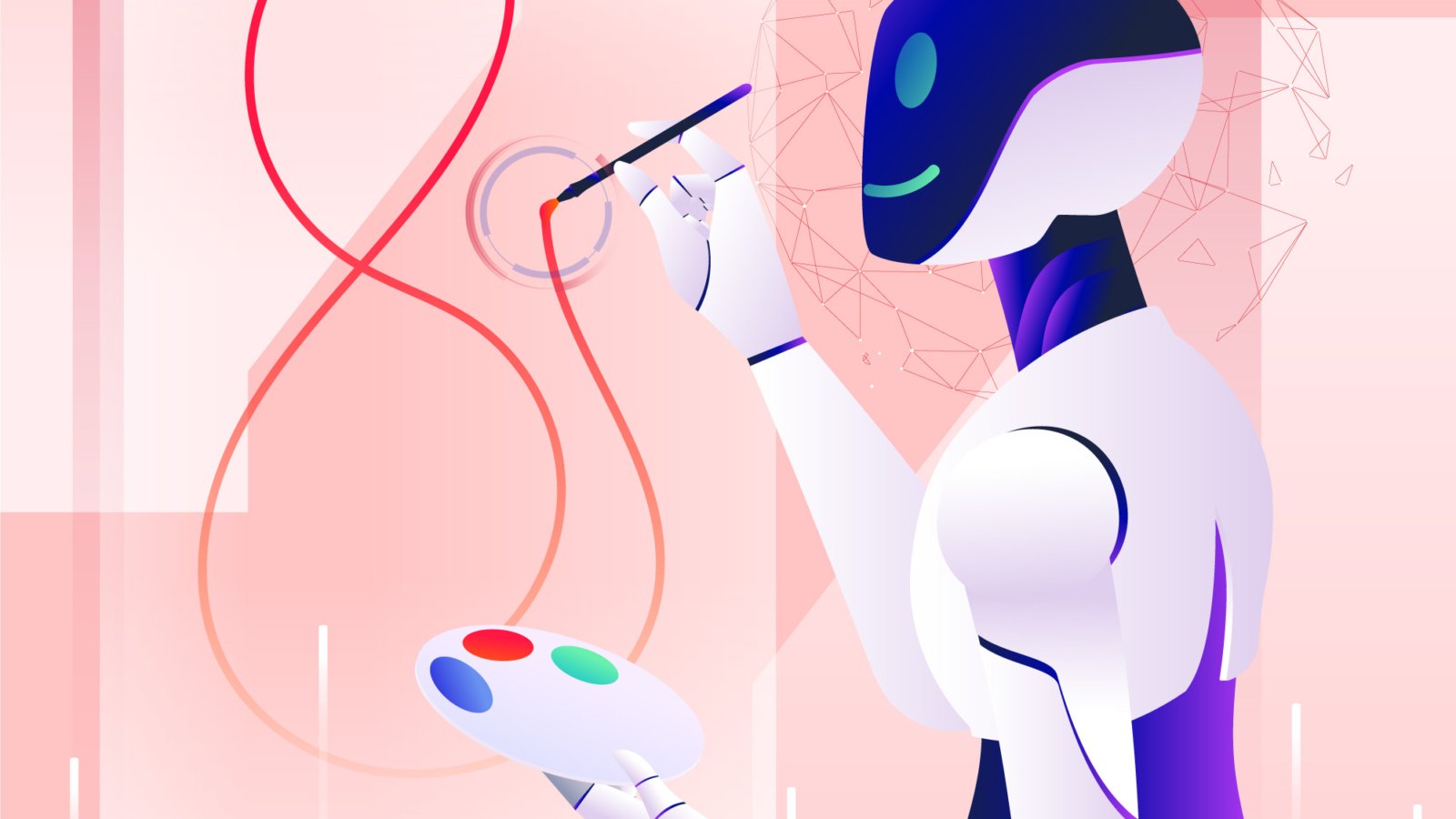Introduction
E-commerce is no longer about bland product pages and simple shopping carts. As of 2025, AI graphic design is at the forefront of AI-driven e-commerce design, enabling personalised shopping experiences, content automation, and smart design optimisations that convert.
We at Web Technologies Pakistan have empowered tens of thousands of businesses to give their online shops an AI graphic design lift—creating user experiences that adapt to customers in real time, boost engagement, and drive conversions.
This article talks about how AI graphic design is transforming e-commerce, the technologies upon which such change is based, and how businesses can get ahead.
1. What is AI-Driven E-Commerce Design?
AI e-commerce design is the use of graphic design methods with the help of AI to build online shops which automatically change in appearance, structure, and communication based on consumer actions and measurements.
Artificial intelligence employs algorithms for web-surfing over user behavior, buying habits, and patterns of web surfing, and re-arranges the shop layout dynamically for maximum engagement.
Example: A regular shopper can view personalized banners, product suggestions, and even color schemes according to his shopping history.
2. Personalization at Scale
AI graphic design allows e-commerce websites to provide each consumer with personalized images, whether it concerns product assortment or store size.
Personalisation by AI can:
Customise hero banners according to user profiles.
Organise products according to browsing history.
Customize promotions and CTAs according to shopping behavior.
This level of customization not only enhances the user experience but also increases average order value.
3. AI Automated Product Imagery & Mockups
AI-driven graphic design software automatically generates, edit, and optimises product images for web, social media, and mobile—liberating e-commerce teams’ hours and hours of time.
AI automation can:
Remove backgrounds in seconds.
Design lifestyle mockups without taking photos that are costly.
Scale and resize web, mobile, and social media images.
Impact: High-quality, auto-generated images make customers more assured with lower returns.
4. Dynamic Visual Merchandising
AI graphic design can automatically change product images, banners, and category pages of online stores according to inventory updates, seasonal peaks, or promotional events.
For instance, when it comes to the winter sale season, AI automatically changes product hero images to models dressed in winter clothes without the intervention of humans.
This way, the store is new and fresh all the time.
5. UX/UI Optimisation using AI
AI graphic design improves UX/UI using heatmaps, clicks, and navigation behaviour to redesign for greater engagement.
AI will suggest:
New button placements.
More interactive product design.
Conversion-orientated colour schemes.
Example: More frequently clicked when orange rather than green, a “Buy Now” button is AI-optimised sitewide in real time.
6. AI-Driven Smart A/B Testing
A/B testing can be glacially old-school, but AI Graphic Design allows for automated multivariate testing—viewing dozens of design options simultaneously and selecting the top-performing one in real time.
This accelerates optimization loops and gets your customers to view the best version of your store at any point in time.
7. Voice & Visual Search Integration
AI graphic design in 2025 facilitates e-commerce sites to increase graphics for voice search and image search.
For instance, consider a scenario in which the customer posts the picture of a product he likes, and the AI website will return similar products with on-the-fly created images instantly.
8. On-the-Fly Images Designed by Chatbots
Next-generation AI chatbots now come with AI graphic design software to provide customised product recommendations with on-the-fly created images.
An end user looking for “Show me red sneakers under $50” can now, in theory, immediately display AI-generated images that are specific to the search term—engaging more users and decreasing bounce rates.


